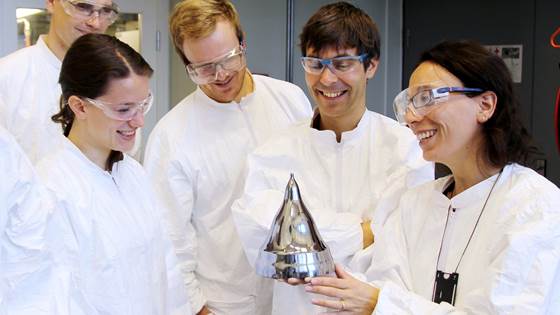
When almost clean isn’t clean enough
The solar cell industry is headed into clean-room labs to better understand and improve the materials that they are working with.

The solar cell industry is headed into clean-room labs to better understand and improve the materials that they are working with.
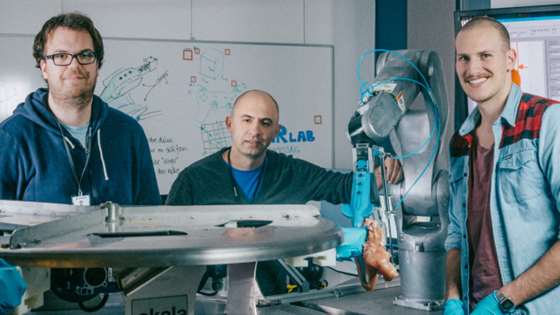
Can an industrial robot succeed both at removing the breast fillet from a chicken, and at the same time get more out of the raw materials? This is one of the questions to which researchers working on the CYCLE project now have the answer.

Recently SINTEF and UOP, a leading international supplier of catalysts, installed a test system for controlling the gas and liquid feed for in situ catalyst studies using high-energy synchrotron X-rays at the Advanced Photon Source (APS) at Argonne...
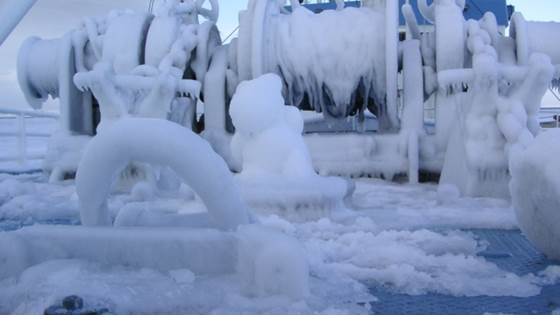
The production of oil and gas at temperatures between 40 and 60 degrees below zero means that researchers must advance the development of materials that can withstand these harsh conditions.
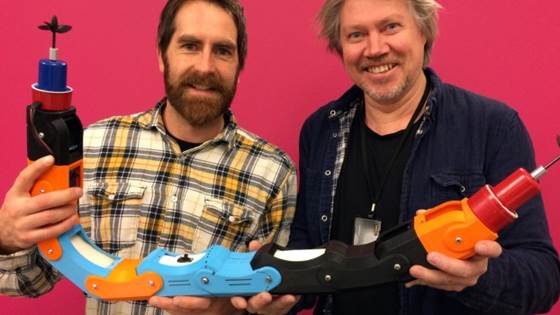
Norwegian researchers and a small company in Tromsø are taking part in a project aimed at preventing between 30 and 50 per cent of Europe's drinking water being lost due to pipe leakages.

Embryonic faults in subsea high voltage installations are difficult to detect and very expensive to repair. Researchers believe that self-repairing materials could be the answer.
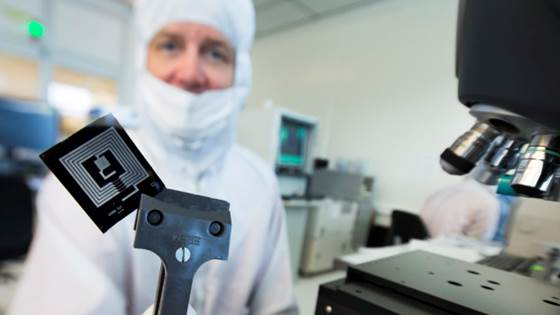
Norwegian researchers are developing electronics that disappear to order.
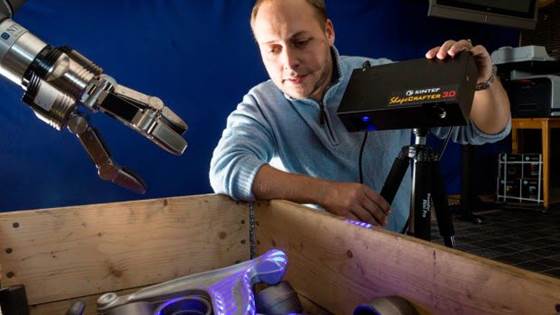
The robots of the future must be able to adapt to changes in their surroundings. Some of them will be in close contact with people. At the very least they must be able to see properly – in three dimensions, just like us.
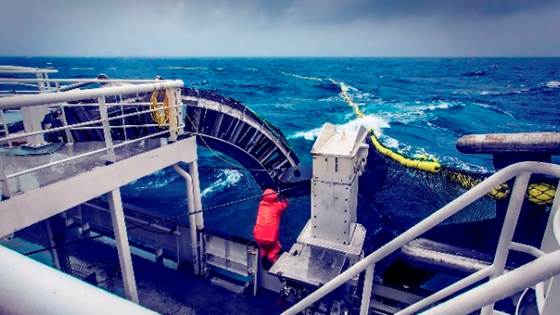
Robots equipped with machine vision enable us to classify catches on board vessels with high levels of accuracy – saving fishing crews time and money.

The robots of the future must be able to adapt to changes in their surroundings. Some of them will be in close contact with people. At the very least they must be able to see properly – in three dimensions, just like us.
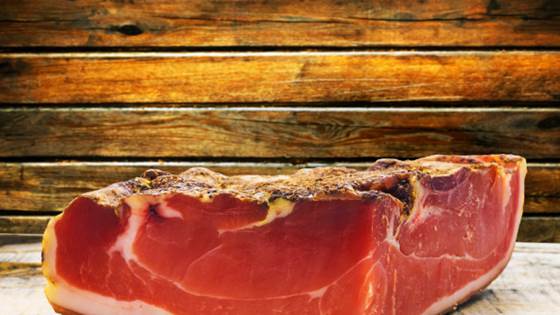
Researchers have been looking into how we can reduce the salt content in foods without compromising on taste.
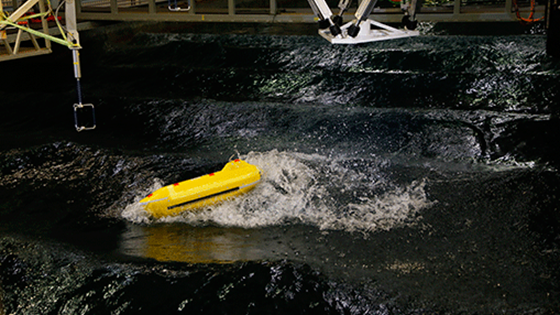
The HSE award for 2014 has been presented to the Draupner lifeboat project carried out by Statoil and Gassco operations. MARINTEK has contributed in the project with forward distance (sail-away) analyses and full-scale field measurements for the free...
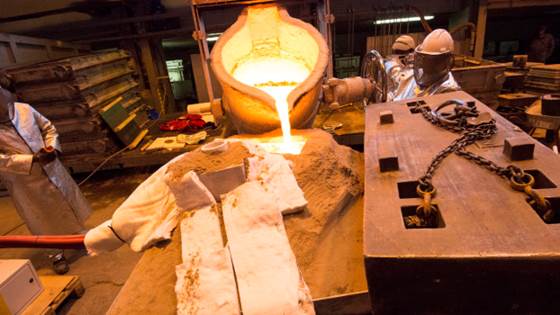
A Norwegian invention is reducing by a third the energy that foundries need to manufacture ship propeller blades.
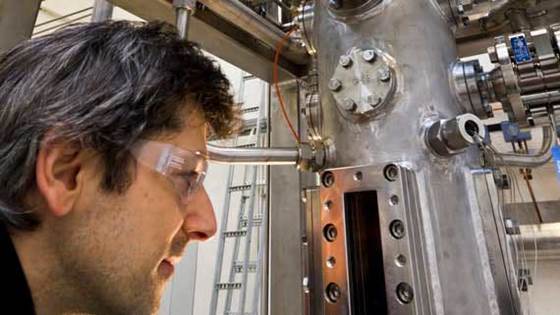
After three years of development and testing, SINTEF, Siemens, and partners have produced a well-functioning oxyfuel gas turbine based power process.
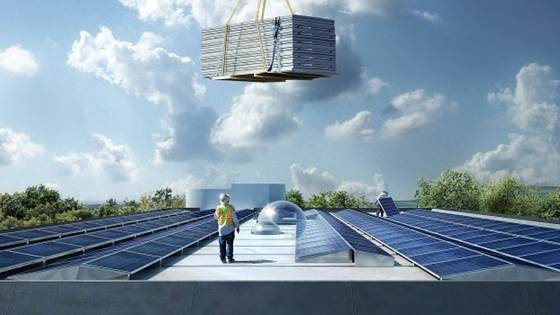
Six norwegian office buildings were erected outside of Oslo around 1980. Two of these have now been rehabilitated and represent northern Europe’s first zero-emission buildings of their type.